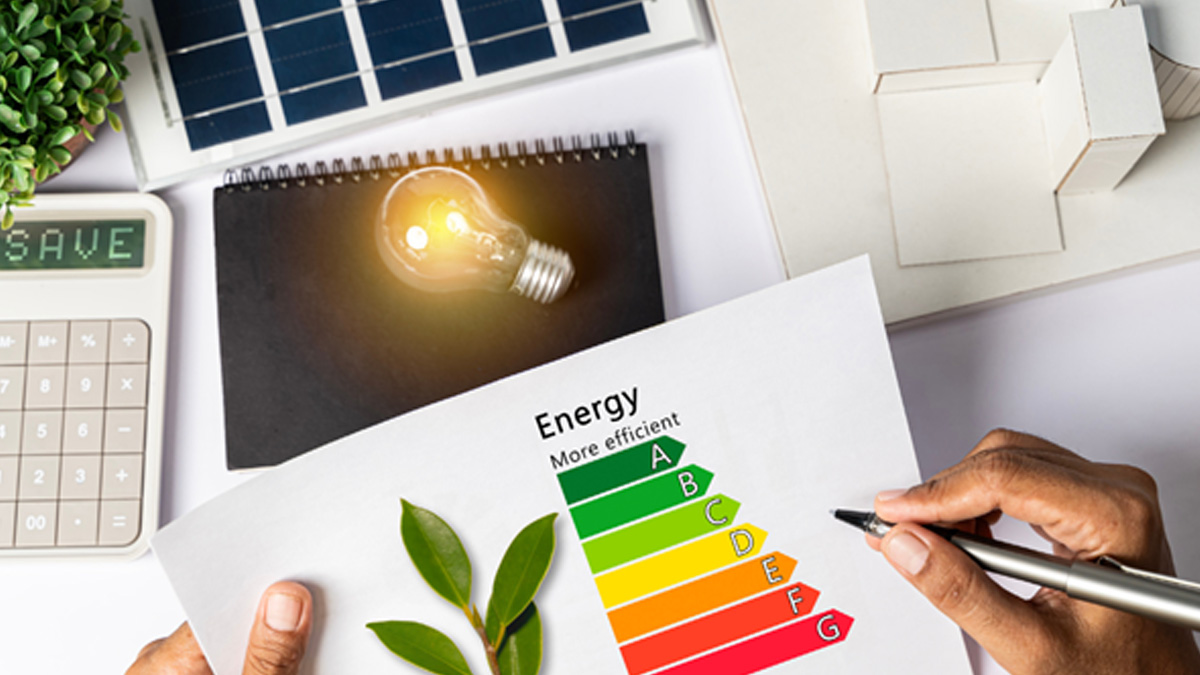A pilot project using excess energy generated by wind, solar and other renewables to convert water into hydrogen that is injected into the gas network to provide energy without carbon emissions is now under way in Australia.
Australian Gas Networks has taken the first step on the road to decarbonising our gas supply by teaming up with another Australian company, AquaHydrex, in the pilot project that will lead to hydrogen being injected into Adelaide’s gas system as early as 2018.
Australian Gas Networks Operations and Engineering Manager Ralph Mignone said the aim of the project was to demonstrate that a new and less expensive method of hydrogen conversion using electrolysis was viable.
“If this works, it will produce hydrogen more cheaply than the current process because it won’t rely on expensive materials and it won’t be as energy intensive,” Mr Mignone told the 2017 APGA Annual Convention and Exhibition.
“This is the first step on the journey of decarbonising our gas supply. The project will prove we can put small amounts of hydrogen into our networks now and that eventually, by 2050, we should be able to change over completely to hydrogen.
“When you burn hydrogen, all you get is water vapour. There is no carbon. The input to the process is water, and this is split into H2 and O2 using electricity. The long-term plan is to use the surplus from renewables for that electricity: for example, from wind-generated electricity at night, when there is less demand for energy.”
Under the pilot project, a small electrolysis plant will be set up at Australian Gas Networks’ Adelaide operations depot, and the small amounts of hydrogen produced will be injected into the local gas network.
Hydrogen has about one-third of the heating capacity of natural gas, so a full conversion to hydrogen would require alterations to gas appliances in future – largely the replacement of burners.
However, injecting small amounts of hydrogen into the system – 5 to 10 per cent – has no perceptible impact and can be done into existing networks. This effectively means that the gas network becomes a storage system for renewable energy.
“Even today, the price of electricity can go negative when there is a lot of wind, and as more renewables are introduced, there will be greater surpluses of energy which may come at times of low demand,” Mr Mignone said.
“Combining a hydrogen production system with additional storage would be an efficient way to use this excess energy.
“Natural gas can also be used to produce hydrogen, although carbon is produced in that process. A project is being set up in the United Kingdom city of Leeds where natural gas will be converted to hydrogen and the city’s gas users will burn hydrogen in their homes and businesses.
“Before natural gas, cities and towns operated on what was known at town gas, which consisted of 50 per cent hydrogen. Hong Kong still operates on gas which is 50 per cent hydrogen – and their appliances are set up for that. So, hydrogen in networks is actually not a new concept.”
Contact:
John Field
Field Public Relations
0418 819 527




